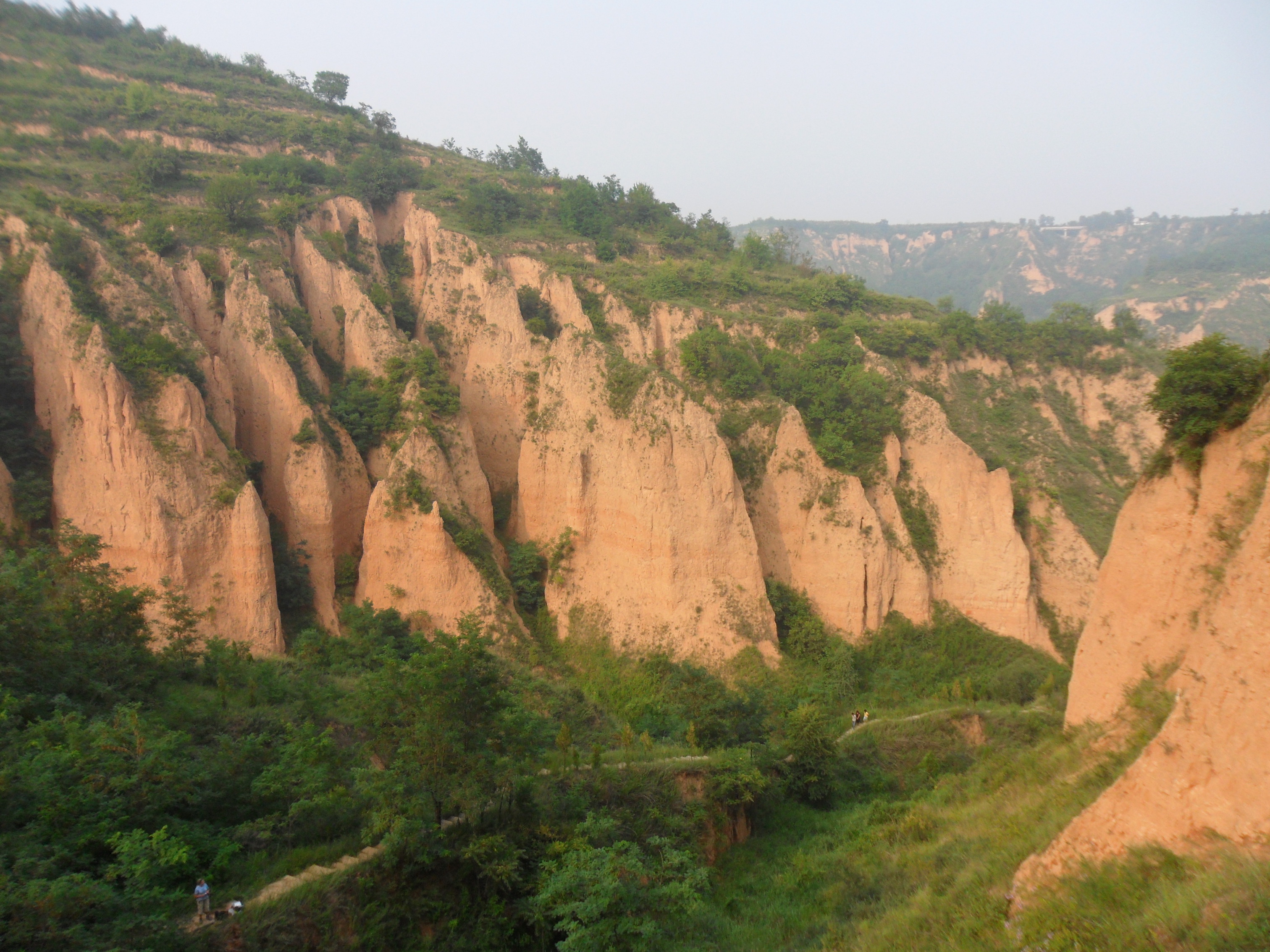
How ice and sea level impacted monsoon rains and desertification
Desert landscapes are extremely sensitive to both climate changes and human activities. Just a small change can have a major impact on arid desert environments, which makes sediment records in deserts excellent indicators of past climate change.
Now, a new study conducted by researchers from Uppsala University in Sweden examined the Loess Plateau in China and created a model that accurately dates the geological and climate history of the area.
The Loess Plateau consists of large parts of central China that are covered by fine-grained soil (loess) which was carried to the area by winds during the Ice Age. The fertile soils that formed on the Plateau have been crucial to agriculture and development.
The results, published in the journal Nature Communications, emphasize the influence that ice volume had on seasonal monsoons and desertification thousands of years ago.
“We have conducted the most detailed dating of the loess to date, which has enabled us to identify changes in the monsoon and desertification processes in more detail and with much greater accuracy than previously possible,” said Thomas Stevens, the study’s first author. “We can now compare these changes to other known climate changes such as variation in ice volume, sea level, and even the Earth’s orbit during the Ice Age.”
The study contradicts the commonly held chronostratigraphie, or the dating of rock layers, of the International Commission on Stratigraphy (ICS).
The researchers used luminescence dating to show that the ICS records for the Loess Plateau are inaccurate. Luminescence dating involves studying the amount of energy stored in certain rocks and soils.
The researchers took samples of loess sediments from the Plateau and found indicators for different climate phenomena like sea level changes and ice volume that affected the monsoons and desertification in the region.
“We can now show that when ice volume decreased and sea level rose, the summer monsoon rainfalls in East Asia intensified and spread further inland, while sandy deserts in China retreated,” said Stevens.
The study not only shows how ice volume and sea level impacted monsoon rains and desertification, but the results could also be used to predict how climate changes will impact the region in the future.
Sea level is rising and researchers have recorded substantial sea ice loss, and these changes could affect future agriculture and development especially in sensitive areas like the Loess Plateau.
—
By Kay Vandette, Earth.com Staff Writer
Image Credit: Thomas Stevens













